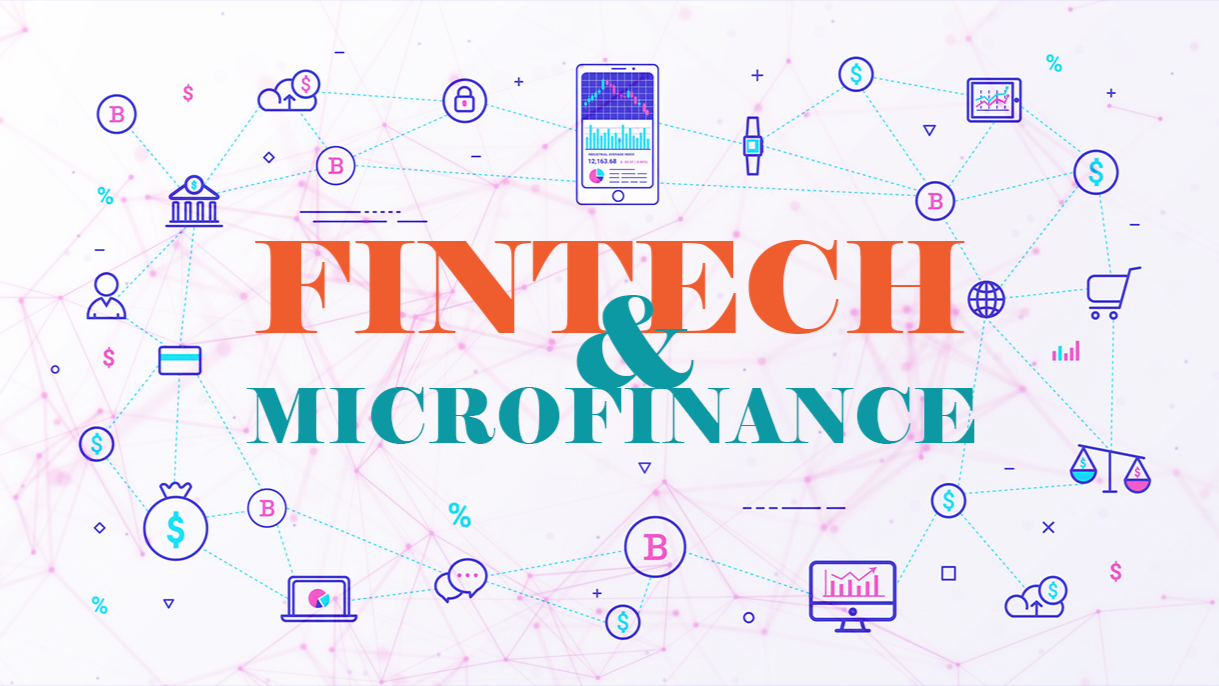The Traditional Banking Industry’s Stance on the Development of Microfinance
At first, microfinance solutions were associated with small loans to users with limited access to traditional banking. However, the introduction of new technologies has caused a massive shift in this decade-long paradigm. For years, traditional establishments considered this sector too unpredictable, risky, and, hence, unprofitable. Nowadays, microloans and other solutions in the market are a source of strategic interest among bigger players.
Early Banking Views: Skepticism and Distance
The first steps to establish the microfinance industry were taken back in the 1970s. Commercial banks didn’t welcome the change and were quite suspicious of how the events might unfold in the future:
Small loan sizes meant high administrative costs per transaction, which was one of the key factors why banks kept away from this market initially.
The lack of collateral, which was a common practice among MFIs, increased default risks.
Rural borrowers were outside formal branch networks.
Social mission orientation didn’t align with profit-driven banking at that time.
How Banks Started Seeing the Hidden Opportunity in Microfinance
This shift took place in the early 2000s. One of the major driving mechanisms was the progress of several establishments, such as BRAC and Grameen Bank, in introducing microfinance-based solutions that didn’t lack in terms of sustainability.
Let’s highlight the factors that contributed to this shift, making banks of several calibers change their vision of microloans:
Proven repayment discipline in group lending models;
Digital tools reducing the costs of lending at scale;
Rising global interest from investors and development agencies;
The expansion of microfinance markets into millions of clients.
How Traditional Banks Engage with Microfinance Today
They can be partners and competitors of modern MFIs; it varies from case to case. One this is for sure, though, more fruitful and unique relationships between traditional and microfinance banking companies will be established in the future.
Method | What Banks Do | Why It Matters | Hidden Edge |
Direct Lending | Offer small loans via branches or apps | Builds early relationships with future mainstream clients | Tests new credit-scoring models |
Partnering with MFIs | Provide bulk capital to MFIs | Expands reach without high costs | Gains regulatory goodwill |
Digital Channels | Use apps, USSD, and mobile money for instant loans | Cuts costs, makes tiny loans viable | Competes with fintechs on speed and risk tools |
Micro-Savings | Pair loans with no minimum accounts | Encourages repayment and gathers cheap deposits | Opens the door to insurance and payments |
ESG & Impact Branding | Frame microfinance as inclusion | Attracts global ESG-focused investors | Access to cheaper funding lines |
Risk-Sharing | Co-lending, guarantees, donor backing | Limits exposure to defaults | Still reports lending growth without full risk |
Financial Literacy | Fund borrower training. | Reduces defaults, strengthens portfolios. | Builds future markets in low-income areas |
Understanding the strategic motivations behind this shift will also help you predict the future of traditional banking versus microfinance. Modern banks try their skills and develop microloans and other products in the industry for several reasons:
Build early relationships with future mainstream banking clients;
Diversify portfolios by including small-ticket loans;
Fulfill regulatory inclusion mandates (priority sector lending);
Boost reputation as socially responsible institutions.
Risks and Reservations from Modern Banks
Despite the growing involvement of such establishments in the world of microfinance, they remain cautious. Microfinance poses challenges that don’t fit neatly into several traditional banking models.

Concern | Why It Matters for Banks | Current Mitigation |
High operational costs | Loan servicing doesn’t scale easily | Fintech-driven automation |
Credit risk | Informal borrowers lack a credit history | Alternative data scoring |
Regulatory exposure | Over-indebtedness can trigger scandals | Stronger compliance monitoring |
Brand risk | Defaults tied to banks damage their reputation | Partnerships with vetted MFIs |
Profitability | Small margins discourage heavy investment | Bundling microloans with savings/insurance |
The use of fintech innovations, as well as blockchain and tokenization, comes in handy to find the right compromise and get the best of both worlds.
Technology | Impact for Microfinance | Bank Incentive |
Mobile money | Expands reach in remote areas | Enables banks to scale without establishing new branches |
e-KYC & biometrics | Cuts onboarding costs | Lowers fraud risks |
Digital wallets | Facilitate disbursement & repayment | New transaction revenue streams |
AI credit scoring | Assesses informal borrowers | Reduces non-performing loans |
Blockchain | Ensures transparency | Builds trust with regulators & investors |
Competition & Collaboration: Traditional Banks’ Take on the Topic
More and more traditional banking establishments refrain from staying neutral — they either compete directly with MFIs or cooperate to achieve greater results. The chosen strategy depends on the brand’s vision and policy.
Competition | Collaboration |
Banks launch their own microloans, targeting urban low-income clients. | Banks provide wholesale funding to MFIs. |
They use a digital scale and lower rates to attract borrowers directly. | Joint ventures combine bank capital with MFI field expertise. |
These focus on growth and market share over partnerships. | Co-branded products help clients transition into formal banking. |
Conclusion
Partnerships between MFIs, Fintech companies, and traditional banks are to be expected. For end users, the task is to compare the available deals and choose the right solution, based on their fairness and whether they qualify for it overall. Seek financial aid if you have any issues with distinguishing which offer will work for your needs at the moment.
The use of innovative technologies as a bridge between microfinance and traditional banking may create other industries with unique services to analyze and compare. Keep on monitoring how subtle changes, including the upgrades of the regulatory framework, alter the reach and efficiency of modern financial tools for commercial and residential needs across markets.
